Matsue
Once again, Rya and I embarked on a journey towards Japan's less popular regions. Jyuhacchi kippu season was almost over and I still have 2 tickets to waste. I did plan for us to visit the island of Shikoku and round it up knowing four of the extant castles are there. But with the time in our hands, I set my eyes on a different course. The San-in region.
Start. Rya instantly closed her eyes when we got our train seats. Before that we had a few series of chasing our ride to the station, misplaced tickets, running the stairs and 2 minutes before train doors close events. My eyes started to close as the train left Shizuoka. We would be travelling 685.3 km away from Shizuoka. Lotsa train transfers. Lotsa fun!
First stop. Fukuchiyama jo. The Yokoyama clan of Tanba first established the castle in 1572. During Oda Nobunaga's decade-long campaign against the Ikkō-ikki warrior monks at the Ishiyama Hongan-ji. He stationed one of his trusted general, Akechi Mitsuhide to the Tamba region who defeated several clans including the Yokoyama in 1576.
A year after the incident at Yakami jo, Akechi Mitsuhide reconstructed the castle on the same grounds in 1580. The stone walls were one of the works of the Anou masons. A distinct feature of this castle is, the stones used were from various gorintou and houkyouintou (both of which are types of buddhist pagoda tower tombs). Two years after, he would loathsomely betray and force Oda Nobunaga to commit seppuku in Kyoto's Honnō-ji temple.
Toyoiwa no I, Japan's deepest (50 meters) castle well is also located in the honmaru. With the steady flow of the Yuka river which runs almost 25 km inland from the Sea of Japan, it is not a surprise that even until today water still flows into the well.
The castle was then dismantled during the Meiji Restoration in 1872, re-built in 1986 and now houses a museum.
Main stop. After 6 more hours of train travel, we arrived at Matsue.
Perfectly situated near lake Shinji and the Sea of Japan it is well known as the "water city". The sound & smell reminded us of a clean Manila! Our hotel was conveniently located at the Kyomise area. The streets evoke that European feel with street lamps adored with Lafcadio Hearn's bas relief.
After having dinner we spent some nostalgic time along Kiyobashi river in front of the plaza.
The following day, we rode our bicycles to Matsue jo which is also known as "Plover Castle". Strategically constructed in 1607 by Yoshiharu Horio who took advantage of the surrounding waters for the castle's moat. It never experienced war and it is the only remaining castle in the San-In region. In 1875 the castle grounds were about to be sold but was fortunately saved by donations from Katsube Motouemon, Takagi Gonpachi and other famous landowners in the region.
In the words of Lafcadio Hearn in his book Glimpses of Unfamiliar Japan he describes Matsue jo perfectly. "...about the castle, which stands today on the summit of its citadel hill - the Oshiroyama - solid as when first built long centuries ago, a vast and sinister shape, all iron-gray, rising against the sky from a cyclopean foundation of stone. Fantastically grim the thing is, and grotesquely complex in detail; ... the creation is a veritable architectural dragon, made up of magnificent monstrosities..."
Eight years ago, the dismantled Taiko turret, Middle turret and South turret were restored.
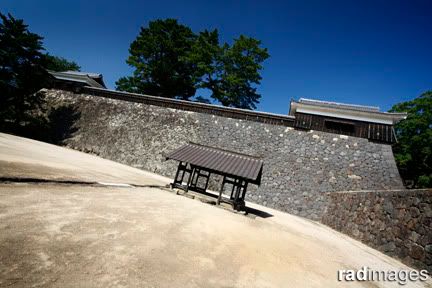
Inside the castle tenshu, one will experience another unique feature, the Paulownia wood stairs. It is said that these wood are light ( that in the case of a castle seige, it can be pulled up quickly), long-lasting & resistant to fire.
After visiting the tenshu, we had our lunch on the castle ground soba ya.
And ventured out northwards on foot. A lot of interesting stores line the way to Lafcadio Hearn's museum.
The museum houses Lafcadio's favourite desk & chair and other memorabilia. Except for these books, nothing really intrigued me much at the museum. The museum prohibits visitors to take images but I couldn't resist taking a snap from my iPhone.
We also passed by Lafcadio's old residence.
Then visited the Buke Yashiki, a middle ranking samurai residence. Owned by the Shiomi, one of the chief retainers of the daimyo Matsudaira during the rule of the Tokugawa bakufu. What is so interesting in a samurai residence is that it is so "open" and airy because one can see the rest of the house from just one room if the sliding doors are open and yet so "closed", still giving one the feeling of privacy and security.
We strolled awhile along the outer moat where tourists on boatrides pass by. Rya being busy shooting with her Oktomat and Holga requested to cool down with an Anmitsu.
I on the other hand tried a different kind of "cooling down". After bicycling to the esplanade facing Yomegashima at Shinji lake, I stepped into the water!
There we waited for more than an hour. So famous is this sunset at Shinji lake that we and perhaps more than a hundred other spectators were there to witness it. Thinking that there were no special holidays that day. Hundreds more would probably want to witness this spectacle every end of the year.
Personally, next to dawn, the second best time of the day would be dusk.
More fun was in store for us when we passed by a swirling metal along the Shimane Art Museum. Long exposure fun!
We left Matsue the following morning. I do hope to visit it again sometime.
Short stop. Tottori jo. The Yamana clan first established the castle in 1532. It was in this castle that one of the most disturbingly cruel events of the Sengoku period took place. In 1581, by order of Oda Nobunaga, Toyotomi Hideyoshi, who at the time was attacking the inner provinces of the Mori domain, besieged the castle which was stoutly defended by Kikkawa Tsuneie. During the siege, food supplies were cut off from entering the castle which lead the defenders to eat grass after consuming all of their horses. Weakened and disease ridden, after 200 days Kikkawa Tsuneie surrendered and committed seppuku to save his men.
Only the existing Sanmon gate and high walls surrounding this mountain castle could attest to that once gruesome battle.
Rya and I can't help but feel fortunate that we never experienced such a sad fate. And perhaps people who also knew what happened in Tottori castle as they pass by this city. At the station, we had a "light" lunch even if I was tired.
On long train rides like this and with not many passengers around, if not drowsing or reading, we get to clown around and practice some techniques with the camera. There were some occasions that we would have to wait for an hour for the next train, so we get to roam around the train transfer station.
And as we pass the Sea of Japan again, I managed to capture a view of it.
We arrived at Kyoto around 9PM. Good thing that just a block away from our hotel along Ogawa dori, there was a restaurant named Munashi which serves really affordable but delicious set meals. We dined and had a good night's rest.
Final stop. Nijo jo. The present day Ninomaru Palace was originally built by Tokugawa Ieyasu to be his official Kyoto residence when he was granted by the emperor the title of shogun in 1603. Further additional structures were transferred from Fushimi jo by then 3rd Tokugawa shogun Iemitsu, and in 1626 the Honmaru, Ninomaru palaces and tenshu were completed. Lightning struck the five-storey castle tower and burned it down in 1750 and in 1788 a large fire swept all over Kyoto including the Honmaru palace.
When we arrived, the southeast corner yagura, which is an original yagura and an Important Cultural Property, looked calm as it has always been. But the gate as usual was packed with tourists, I needed to let people pass by first before taking shots. From thereon I knew that inside the Ninomaru people will be coming and going.
The Ninomaru palace, with its lavish Kano paintings and exquisite carvings, is one of the finest example of Momoyama architecture. Walking down its corridors, one will experience the squeaking sound of its floors. The Uguisu-Bari (Nightingale Floor) designed to let the presence of someone or something known as it moves in the halls. It is also in this palace at the Ohiroma Ichinoma that the last Tokugawa shogun Yoshinobu called up all the daimyo, relinquished power and restored sole sovereignity to the Emperor in 1867.
After having lunch at the station we head back for home. Rya was tired and we decided not to visit Gion, my favourite district. But just right after our train left, my eyes opened as an enigmatic face looks directly at me. End.

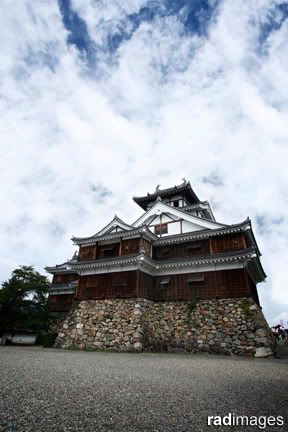
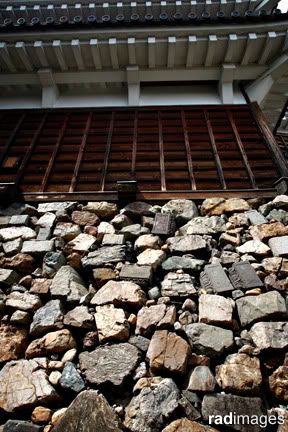


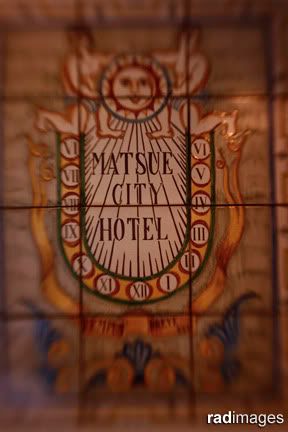

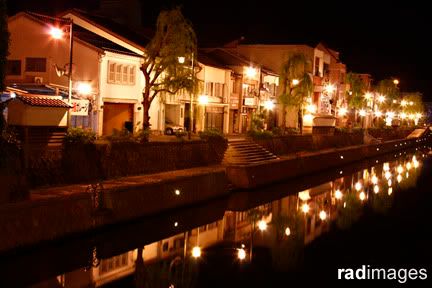
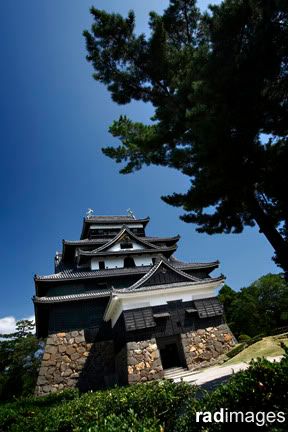

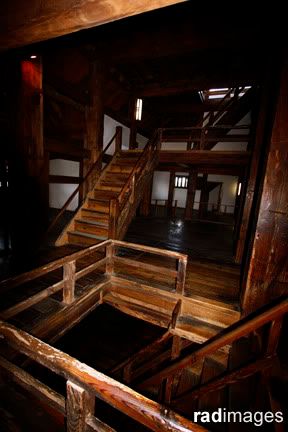
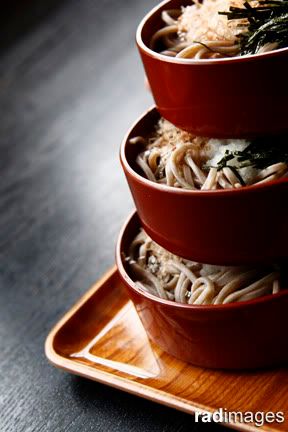

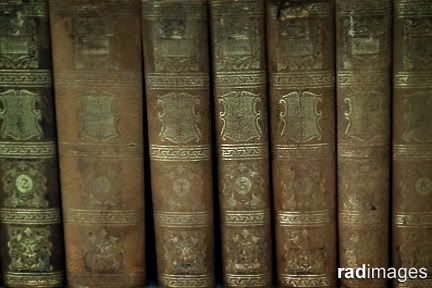

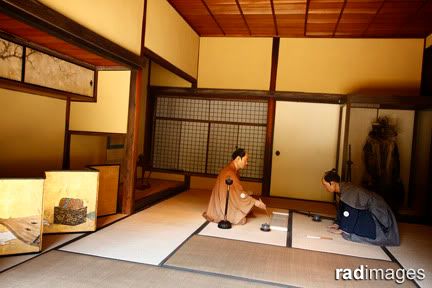
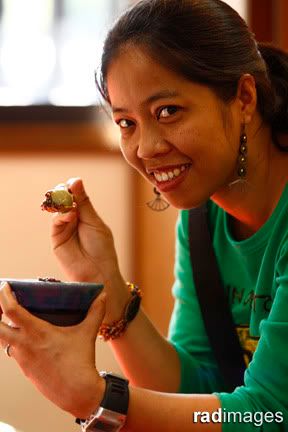
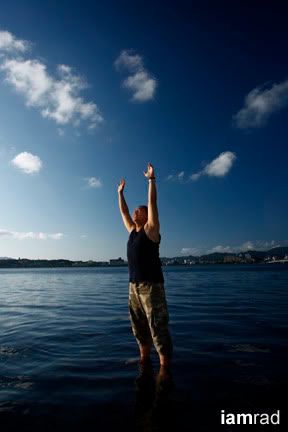
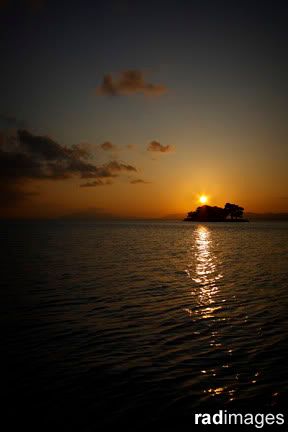
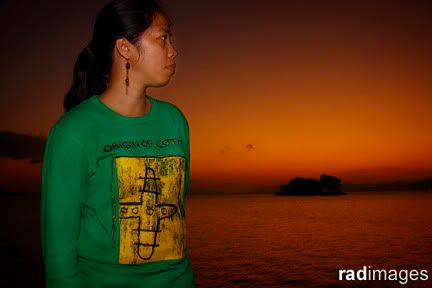
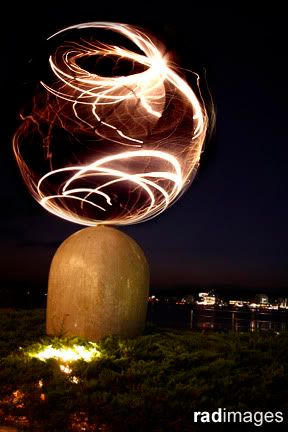
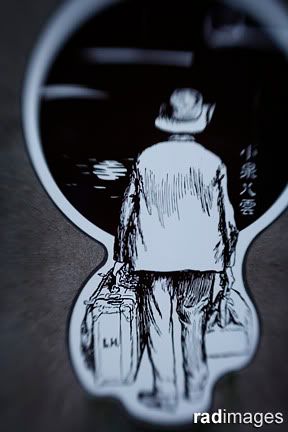



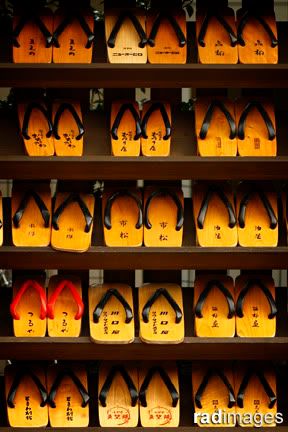
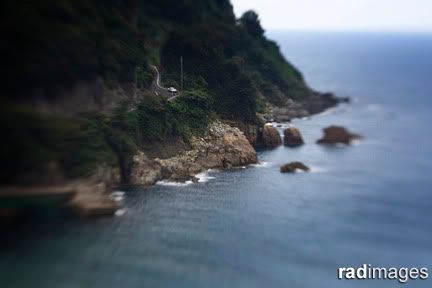
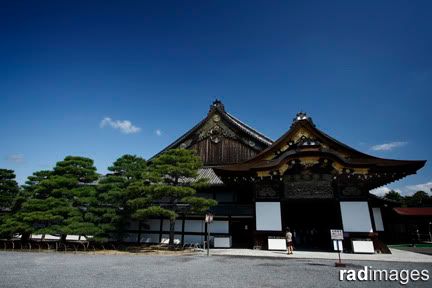

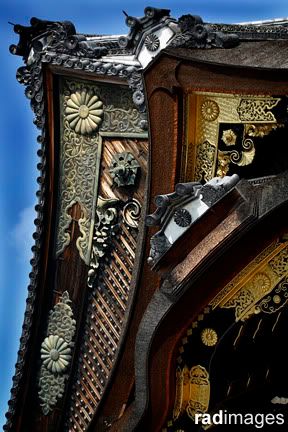
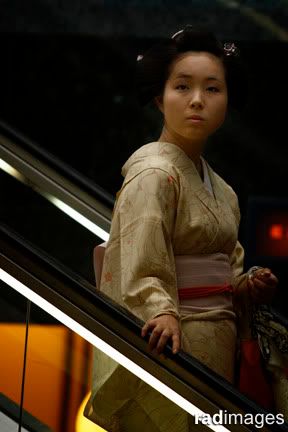


Nice story and stunning pictures yet again. Sasuga!!
ReplyDeleteYou should start publishing a book now. Your images along with story will surely make it as a bestseller.
ReplyDeleteOf course, an e-book is another option. Bibili ako ti maysa wen?
kuya natapos ko na din basahin ang encyclopedia. lol. as usual nice and well detailed travelogue.
ReplyDeleteparang gusto ko din mag explore tuloy ng japan hehe. liked the pics too. maliban dun sa statue sa tubig hahahahahahaa.
sarap naman date lang kayo ng date ni ate rya :-)
A thoroughly enjoyable read with great photos.
ReplyDeleteKuya sarap mag road trip diyan :) great story...
ReplyDeleteHmph, pa selos! :p
ReplyDelete@Anrake Thank you for dropping by Eric. Feel free to grab the images for your site.
ReplyDelete@John Denver Bestseller! Hahaha. I'm thinking of producing a coffee table. God willing next year.
@totomai It's encyclopedia this time! LOL! You should try to explore sometime. Try Kyoto!
@kyudan Thank you Daniel. I'm honoured by your comment.
@southlarena Joey. Thanks for dropping by. Now you are making me wish to have a car and drive the countryside often my friend. Indeed the views there are simply marvelous!
@Mariale Next time... If you have the time to go with us. I'll give you a call. :P
yan ang tunay na turista! naikot nyo na yata Japan ah. again, nice novel hehehe.
ReplyDeleteyour photography is absolutely top notch! wish I had your skill. please keep the photos coming. :)
ReplyDeletegaling nang presentation mo Rad galing ~~ at ang gaganda din nang mga shots mo.
ReplyDelete@El Abaknon We still need to visit Hokkaido, Shikoku & Okinawa. Thanks for reading the novel. LOL!
ReplyDelete@Matias I am humbled by your comment. My images are not half as great as yours. Hope I could tag along in your adventures. :)
@Ade Thanks. Please give me a call if you get to visit Fuji san again.